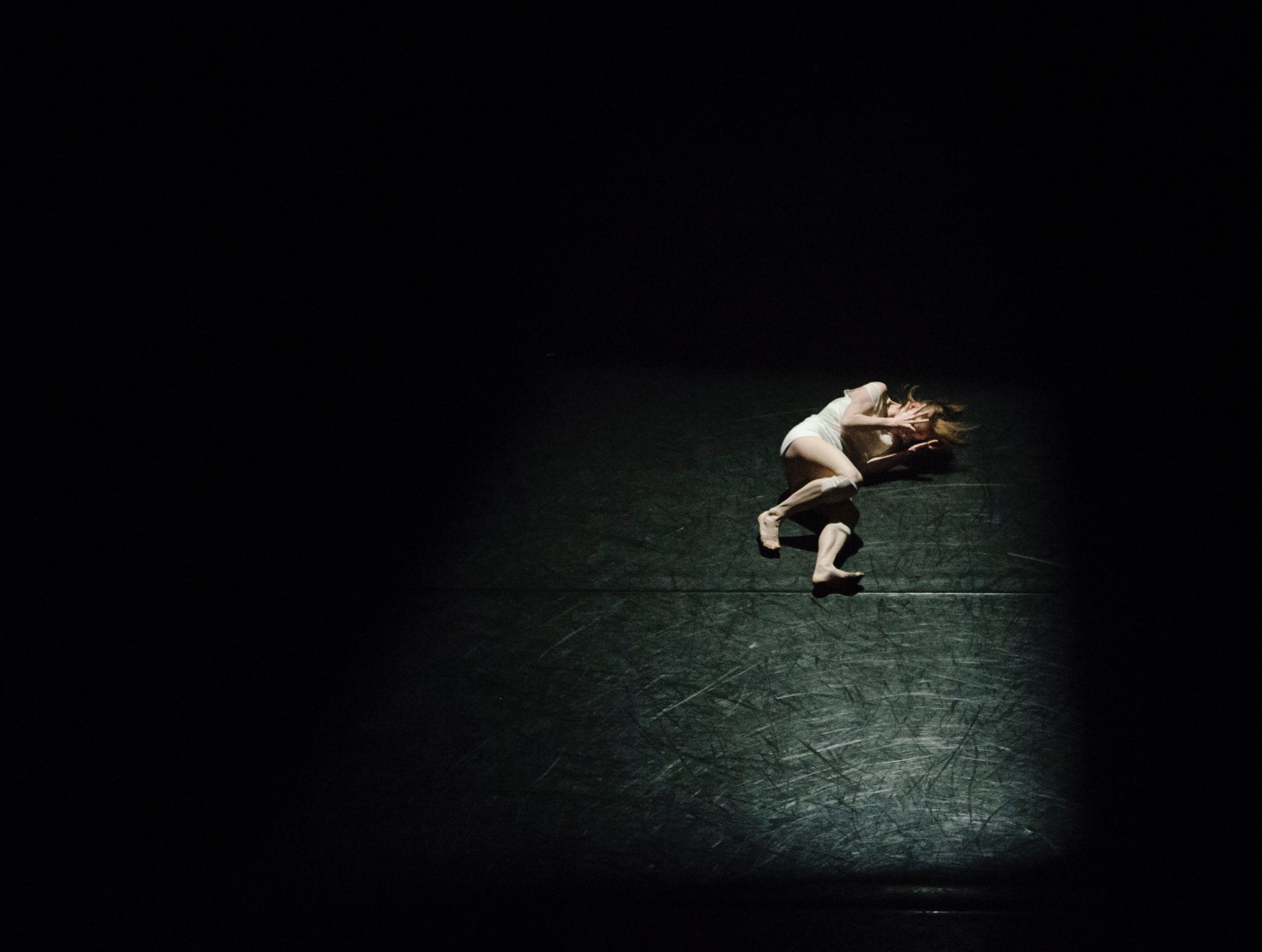
What is an invisible disability?
An invisible disability is one that is not immediately apparent to others. They are also known as hidden disabilities. These people may not use assistive devices, such as canes or hearing aids, on a regular basis. Invisible disabilities can affect a person’s efforts to go to school, work, socialise and more. Their ability to function like an abled person may change from day to day.
What are some common invisible disabilities?
Some common invisible disabilities include
- Chronic illness
- Learning disabilities
- Autism spectrum disorders
- Asthma
- Chronic pain
- Chronic fatigue
- Mental illness
Are people with invisible disabilities entitled to accessible benefits through the Kad OKU?
In Malaysia, the Persons with Disabilities Act 2008 defined persons with disabilities as those who have long term physical, mental, intellectual or sensory impairments which in interaction with various barriers may hinder their full and effective participation in society. Our Kad OKU recognises 7 categories of disability: Learning, Mental, Physical, Multiple Disabilities, Visual Impairment, Hearing Impairment, & Speech Impairment. If you have a learning disability or mental illness, you are eligible to apply. You will need a doctor’s/psychologist’s note that confirms your condition.
How should you treat someone with an invisible disability?
You should treat them like any other person: with respect, patience and consideration. Your friend with an invisible disability might be able to socialise and be active one day, but be unable to get out of bed for the next. Some things to consider:
- Do be patient and understanding
- Do keep communication simple when you know someone has a disability that affects their brain function.
- Don’t comment that they don’t look sick/disabled; if you must assume, it’s best to assume that the person knows how their body works, when they can push themselves and when it’s best to step back.
- Don’t accuse the person of using their disability as an excuse for being lazy or not trying hard enough.
- Don’t assume that someone is faking disability if you do not see them regularly using assistive devices.
Conclusion
It’s important to include those with invisible disabilities in PWD communities, as well as recognise their contributions to the world. While they may not wield white canes or wheelchairs, people with invisible disabilities deserve the respect and understanding that we extend to others.
References
Sabina D. (2016) When it doesn’t show – about invisible disabilities [Accessed: 14 Dec 2018] Available at: https://blog.wellspect.com/when-it-doesnt-show-about-invisible-disabilities
Disabled World (2018) Invisible Disabilities: List and General Information [Accessed: 14 Dec 2018] Available at: https://www.disabled-world.com/disability/types/invisible/
Invisible Disabilities Association (2012) How Do You Define Invisible Disability? [Accessed: 14 Dec 2018] Available at: https://invisibledisabilities.org/what-is-an-invisible-disability/
Jabatan Kebajikan Masyarakat (2016) Pendaftaran Orang Kurang Upaya [Accessed: 14 Dec 2018] Available at: http://www.jkm.gov.my/jkm/index.php?r=portal/left&id=UnN2U3dtUHhacVN4aHNPbUlPayt2QT09
Wendy T. (2017) Invisible disability and etiquette [Accessed: 14 Dec 2018] Available at: https://www.disabled-world.com/disability/types/invisible/manners.php